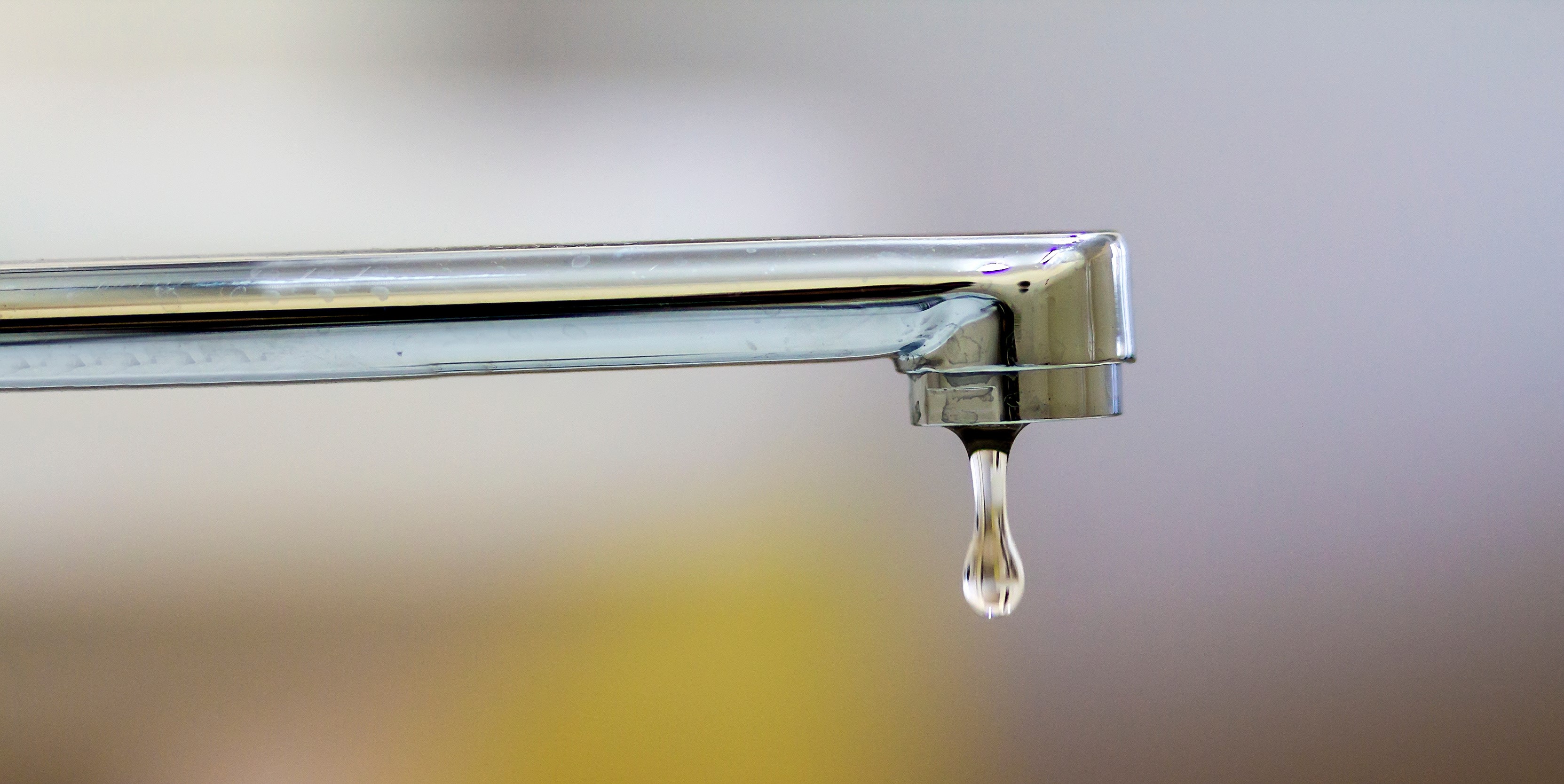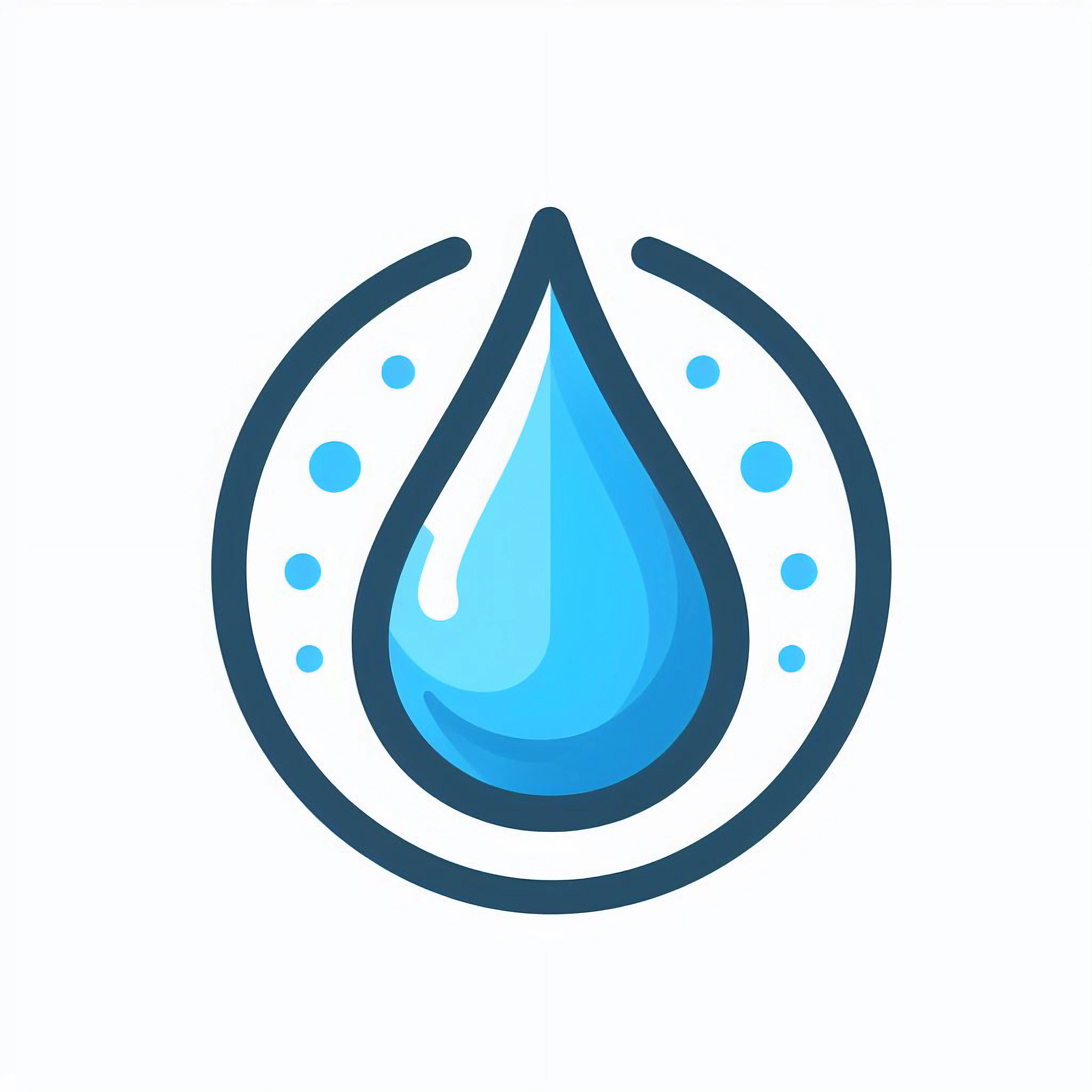Water Conservation for Labs

Water is an often overlooked part of lab sustainability. It pours forth from the tap
and then disappears down the drain. It’s nearly invisible. But it isn’t free – it
comes from somewhere and it has to be cleaned, transported, stored, and cleaned again
before being returned to the environment. All of that has an enormous energy and carbon
footprint.
Many laboratories require substantial amounts of water to operate. From autoclaves
and glassware washers to purified water systems and faucets, the flow of water in
laboratories is constant. Fortunately, there are a variety of ways you can reduce
water usage. Like energy efficiency, water efficiency is possible by taking actions
in the lab to become more sustainable.
 Low Flow Aerators
Low Flow Aerators
Low-flow aerators can help reduce faucet flow from 4.0 gallons/minute to <1.5 gallons/minute.
Low-flow aerators simply screw onto the end of faucets and reduce flow without changing
water pressure. It’s an easy and cheap option that will significantly reduce water
usage. Your organization may even have aerators on hand and can help install them.
All you have to do is ask!
In a case study conducted at UC San Diego in 2017-2018, aerators installed in labs
across the campus saved a whopping 926,000 gallons of potable water per year.
 Check for leaks and report them promptly
Check for leaks and report them promptly
Leaky faucets that drip once per second can waste 3,000 gallons of water per year. According to the US EPA, that’s enough water for more than 180
showers!
Check for leaks anywhere you have a line that constantly maintains water. You can
find leaks on autoclaves, ice machines, and water cooled equipment. Once found, promptly
report leaks, and make it a common practice to keep an eye out.
 Report leaks to Work Control
Report leaks to Work Control
 Eliminate water vacuum aspirators
Eliminate water vacuum aspirators
Replace them with energy-efficient vacuum pumps. If water distillers or Reverse Osmosis (RO) units are used, consider shutting them down during non-working hours if possible.
 Wash full loads
Wash full loads
Wash full, rather than partial loads fo glassware and dishes. If you need to autoclave your lab ware, fill the autoclave completely before running it.
Consider using a batch rinsing system when washing items by hand so that the water used in a final rinse of one batch of lab ware is reused in an earlier rinse for the next.
 Reuse water when you can
Reuse water when you can
For instance, if your water baths do not require sterile water, you can recycle water from other processes.
If you have a piece of lab equipment (such as a cooling system) that requires continuously running water, there are a number of ways to prevent that water from simply going down the drain:
-
-
- Small package chillers are a good alternative to single pass cooling, and they can maintain a constant temperature; or
- It is possible to make your own closed-loop system using a simple pump and piping such as you can find in the gardening section of most home improvement stores.
-
